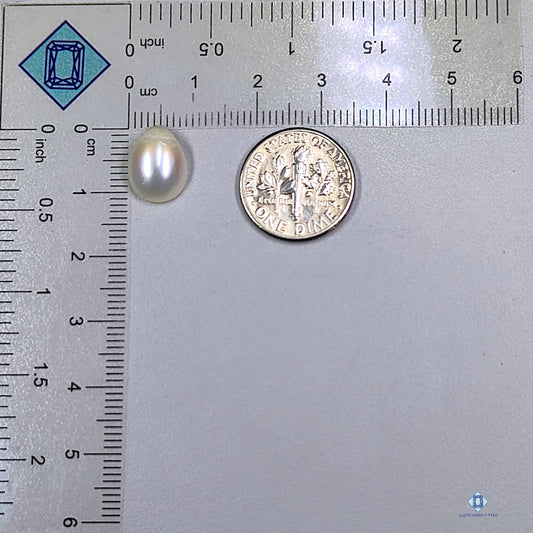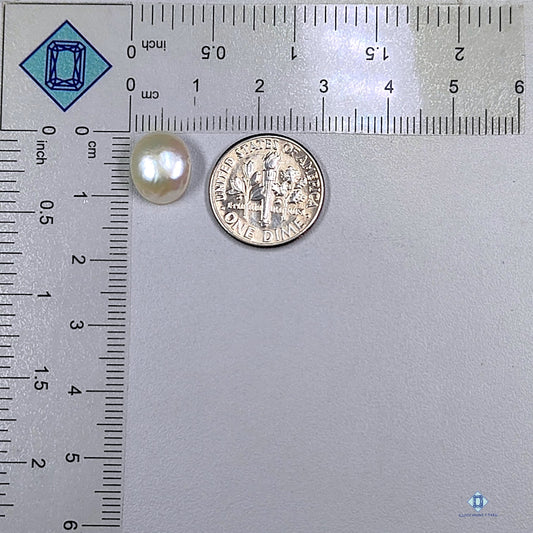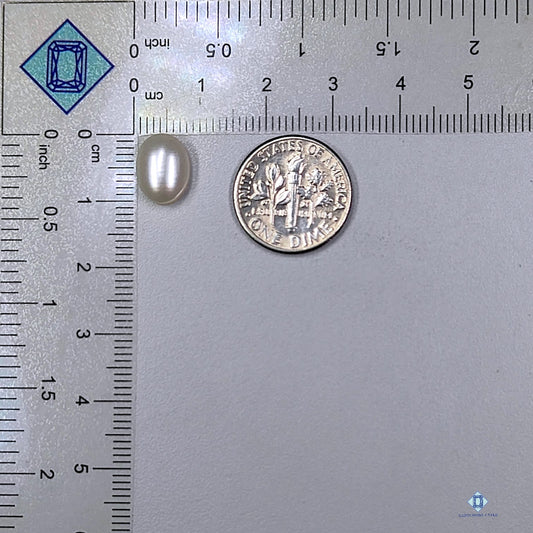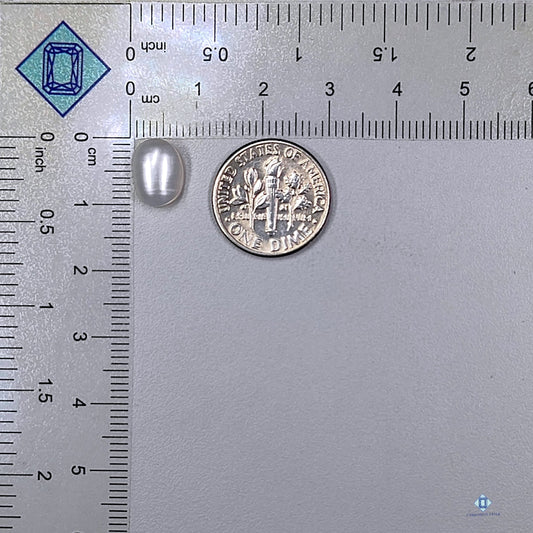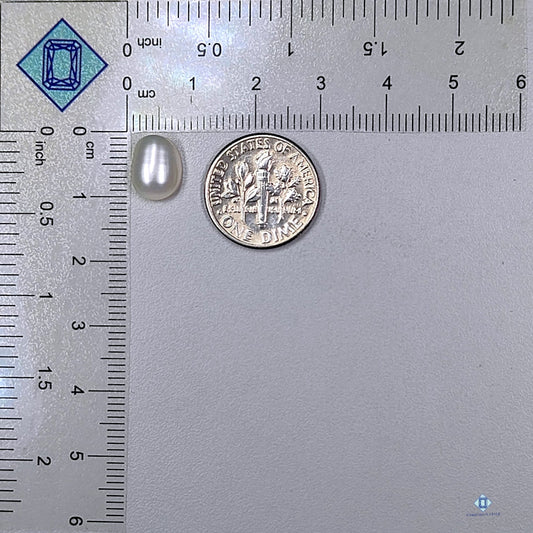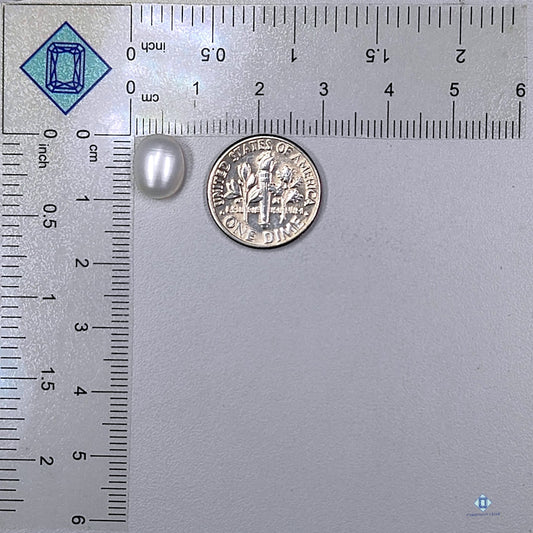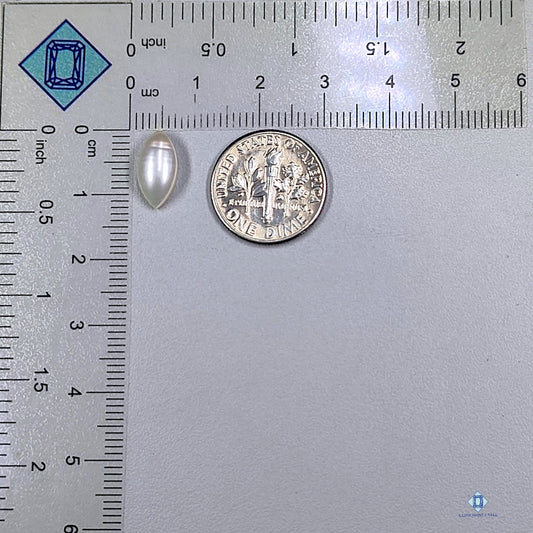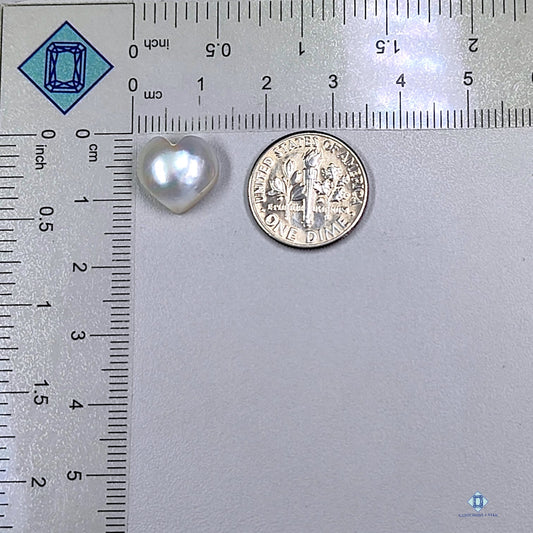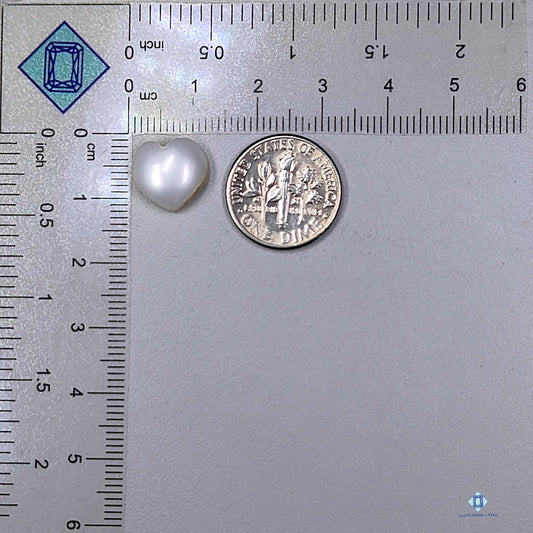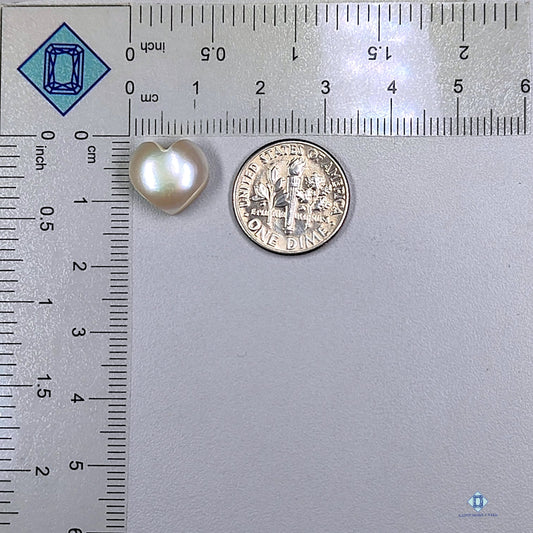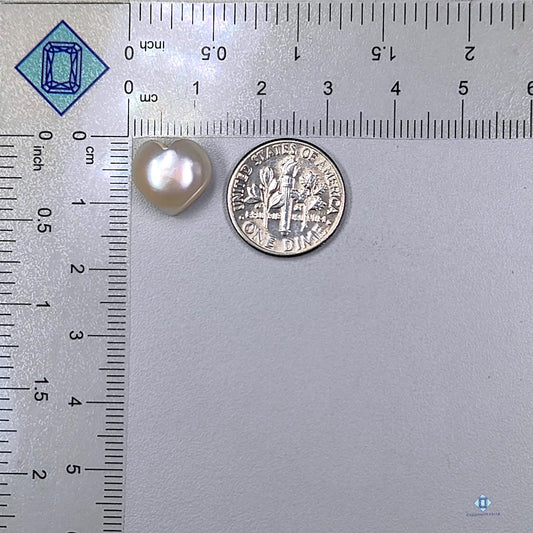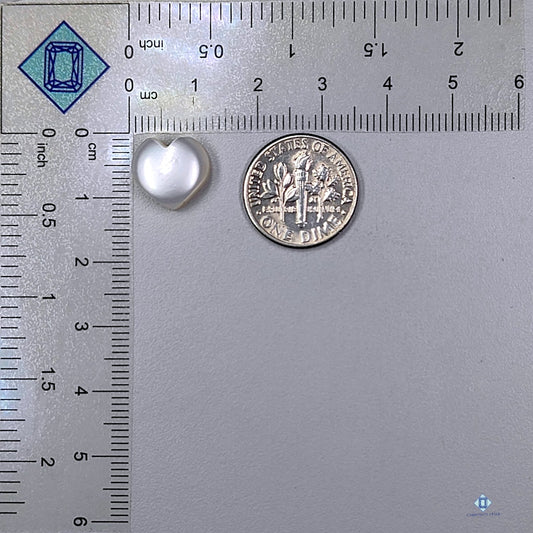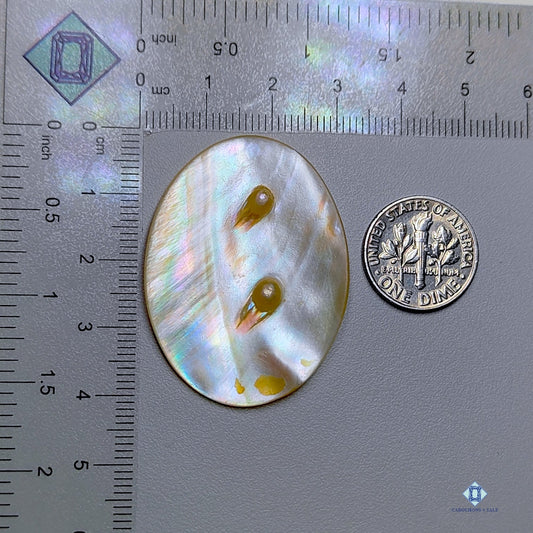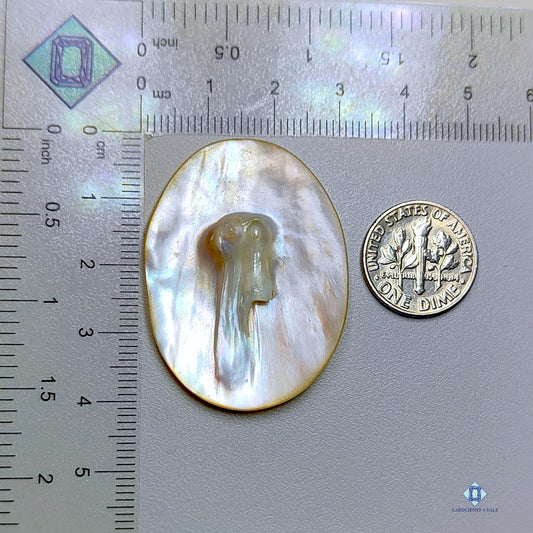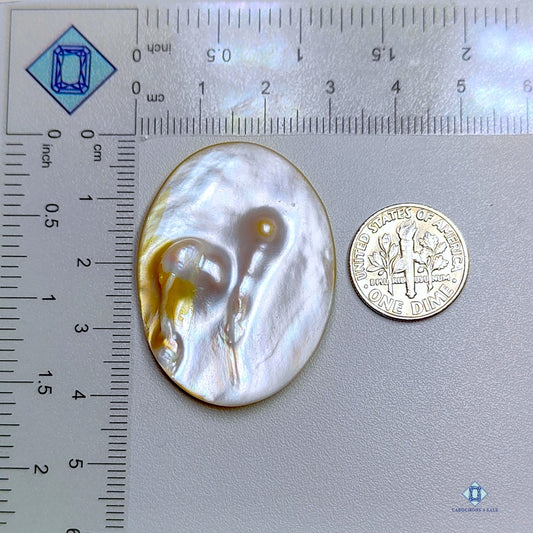History of Freshwater Pearls
Freshwater pearls, pearls of story, and shimmering luster. Saltwater pearls were the pride of kings and queens, originating in Chinese lakes, Japanese rivers, or American salt waters, unlike their saltwater cousins. Dating as far back as 4,000 years the Chinese dynasties saw this pearl as the wisdom and power of protection. Roman aristocrats wore crystals as a status symbol, Renaissance European royalty wore pearl-studded crowns and gowns. Cleopatra, notorious for her extravagance and lots of money, once got a pearl dissolved in vinegar to prove she was as rich.
Pearls were so rare that they held a value higher than gold for hundreds of years. However, pearl farming was revolutionary in the early 20th century, meaning you could get an equally stunning gemstone without having to spend an arm and a leg. China is the world's freshwater pearl leader, with highly colored pearls in white, pink, lavender, and even metallic. Freshwater pearls look much different from saltwater –they come in shapes of oval, baroque, and teardrop never round( while in nature pearls can be round and the same shape also) Besides, no matter how they are woven as a simple necklace or an elegant bracelet, or the design is modern but fresh-water pearl will never deny from being an elegant symbol of grace, sophistication, and purity, after all — some world's best treasure comes from the simplest way.
Freshwater Pearls In Jewelry

Freshwater pearls (China, Japan, US) Freshwater pearl cultivation is mainly done in China and Japan but also the US. Well, saltwater pearls are different from the pearls that come from freshwater--they grow in oysters whereas most mussels are in lakes, rivers & water-controlled farms. The process starts with nucleation, which is the insertion of carefully tissue grafts from donor mussels into the host mussel mantle. Freshwater mussels also create multiple pearls at once, often hundreds each at a time (in contrast to saltwater pearls each oyster usually produces only one pearl). This means that freshwater pearl farming is one of the most efficient and sustainable ways.
The mussels should be stored in clean, nutrient-rich water for 2-7 years and new layers of nacre accrue over time creating high-quality pearls with good luster. Farmers are closely watching the water and mussel health to make sure proper pearl development is maintained resulting in an output of AAA freshwater pearl. White, pink, and lavender to peach-colored pearls are all beautiful for jewelry; they come in A stunning array of colors. Ethical pearl farming allows those pearls to stay an ethical and affordable alternative to natural pearls for the consumers. Whether you need **freshwater pearl beads, or freshwater gemstone pearls, or you are looking for a unique supplier of wholesale pearls** — farmed pearls offer a superior choice for jewelry and collectors everywhere.
Care and Maintenance of Freshwater Pearls
Pearls are organic gems; they need special maintenance to retain their luster and longevity. For a fresh collection of pearls, these care tips will come in handy:
- ver allow pearls to come in contact with chemicals: Perfume, hairsprays, and cosmetics will destroy pearls. That's why always wear your pearls after makeup and hairstyle.
- A Soft Dry Cloth for Cleaning – Wipe pearls with a moist, soft microfiber cloth after use to clean away sweat and oils.
- Store Properly – Pearls are best kept in a soft pouch or lined fabric jewelry box to prevent scratches from hardNeer gemstones or metals.
- Never soak in Water and Heat – Pearls will dry out and lose their natural lustrousness when over-moistened or excessively heated.
- Restringing – This process should also be undertaken every 1-2 years for pearl necklaces: by threading them with silk thread, these delicate ornaments may be safely guarded against breaking and increase their durability.
FAQs About Freshwater Pearls
How do freshwater pearls differ from saltwater pearls?
Freshwater pearls usually cost less, come in a greater variety of shapes and colors, and have a thicker layer of nacre than saltwater pearls.
What should I look for when buying freshwater pearls?
Check for shine, surface texture, form, and dimensions. Good-quality freshwater pearls should have a shiny luster, few imperfections, and a uniform shape.
How do I care for freshwater pearls?
Gently wipe them down with a soft, damp cloth. Keep them away from perfumes, chemicals, and too much moisture, and make sure to store them in a soft pouch to avoid scratches.
How do freshwater pearls compare to Akoya pearls?
Freshwater pearls tend to be cheaper, bigger, and come in a wider range of natural colors. On the other hand, Akoya pearls are smaller, more perfectly round, and are highly valued for their traditional white shine.
What hidden facts should buyers know about freshwater pearls?
- Freshwater pearls can have unique baroque or irregular shapes that make every piece one of a kind.
- They are composed almost entirely of nacre, making them durable and lustrous compared to saltwater pearls with thinner nacre layers.
- Some freshwater pearls can fluoresce under UV light, displaying a soft glow.
What shapes are common for freshwater pearls?
Freshwater pearls can be found in different shapes like round, oval, teardrop, and baroque, which are irregular. The perfectly round ones are harder to find and tend to cost more.
How do freshwater pearls compare to Tahitian or South Sea pearls?
Freshwater pearls are generally smaller and more affordable, featuring softer pastel colors. In contrast, Tahitian and South Sea pearls are bigger, harder to find, and showcase richer, more vibrant hues.
Watch the video to learn more about freshwater pearls:
Freshwater Pearls as a Spiritual Gemstone and Birthstone
Long associated with purity, wisdom, and tranquility, freshwater pearls rank among the most spiritually significant gemstones. As a June birthstone, they have been believed to give the wearer inner peace, balance in emotions, and the energy of positivity.
Symbol of Purity & Innocence – Usually linked with the moon as well as water, pearls stand for a form of spiritual cleansing and renewal, thus making them the ideal choice for meditation and any other forms of healing practice.
Emotional Healing & Calmness – It is believed that pearls relieve and calm, soothe, and clad the wearer with a tranquil cocoon through challenges so that they would have decisiveness and inner peace.
Wisdom & Enlightenment – Pearls are said to increase intuition, chosen ability for decision-making, and self-knowledge, and therefore are suitable for the practitioners of such personal or spiritual growth.
Good Fortune & Protection – Universally, Pearls are understood as lucky charms since they safeguard a person from any evil and misfortune.
Connects to related Zodiac Signs: Pearls connect with Cancer, Gemini, and Virgo, increasing their emotional depth, creativity, and nurturing instincts.
Freshwater Pearls In Jewelry

Gold, silver, or rose gold settings give these pearls an elegant touch to any accessory. Necklaces pearl strands, chic chokers, and layered makes give added sophistication to formal and casual outfits alike.
Pearl studs, dangles, and hoops create timeless and elegant styles that can serve everyday wear or special occasion charm. Bracelets & Bangles- Freshwater single-strand pearl bracelets, charm bracelets, and natural bangles are fashion-forward! Rings- Free freshwater pearls set up as solitaire, clusters, and halos are perfect for engagement and daring rings. Hair Accessories-Brooches & above all statement pieces include bridal hair pins, tiaras, and pearl-encrusted clasps.
Quality, Colour, and Etymology of Cabochons
Freshwater pearl cabochons are perfect for jewelry because of their glow and smoothness coupled with their unique forms. Their quality is determined by some factors, which are:
Luster and Surface-Mirror-like lustrous brilliance, and smooth and blemish-free surfaces. The shinier and more reflective to light the pearl is, the more valuable.
Shape and unlike saltwater pearls, freshwater pearls form naturally in round, oval, button, and baroque forms. Perfectly round pearls are rare, and those that are perfectly round are among the most sought-after.
The etymology of Pearls-According to the Latin Perna, which means "leg," derived from its shape, the word "pearl" is named. These kinds of shells are associated with great healing and occult importance from ancient times. The ultimate example of freshwater pearl cabochons is custom jewelry as they confer sophistication and antiquity to the ornament.




